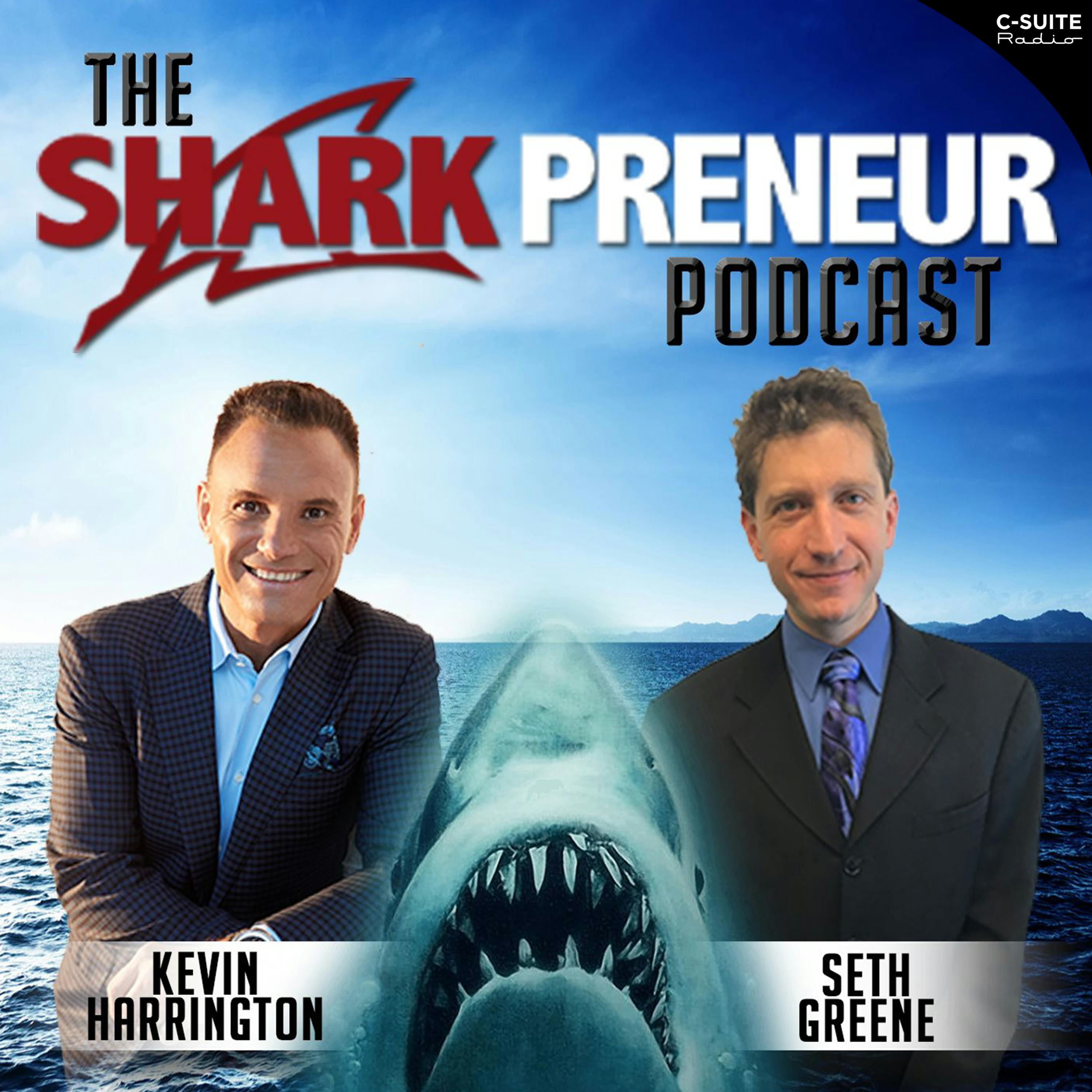A divided Bank of England
Federal Reserve nominees and central bank uncertainty: what investors need to watch
Key development: a new Federal Reserve governor nomination signals continued political pressure on U.S. monetary policy and potential support for faster rate cuts. The episode outlines how appointments can shift voting balances and influence interest-rate decisions amid persistent inflation concerns.
bank of england split vote and uk stagflation explained
The Bank of England’s recent decision required an unprecedented second vote after committee members were deadlocked. That split illuminated the tension between rising inflation above target and a fragile economy — a classic case of stagflation where price pressures coexist with weak growth. The episode explains the arguments for cutting rates to support growth and for holding to tame inflation, and why split central bank votes are increasingly common in an uncertain macro environment.
trump’s semiconductor tariff threats and the apple carve-out
The show breaks down President Trump’s threat of 100% tariffs on semiconductor imports and the notable carve-out for Apple after its pledge to boost U.S. manufacturing investment. This is framed as a quid pro quo: subsidies like the Chips Act are the carrot, while tariffs are the stick. The analysis covers potential implications for Nvidia, TSMC, Intel, and the broader global chip supply chain.
europe rearmament: weapons factory expansion and supply implications
Financial Times reporting shows European arms manufacturing expanding at roughly three times peacetime rates since Russia’s invasion of Ukraine. The podcast highlights how EU governments are balancing arms deliveries to Ukraine with the need to rebuild national stockpiles, and how industrial capacity is being reshaped by geopolitics.
practical implications and market signals
- Watch central bank voting patterns: split votes are a leading indicator of policy uncertainty and market volatility.
- Assess corporate responses to tariffs: targeted investments can win carve-outs, reshaping supply-chain strategies.
- Monitor defense sector construction: rising weapons-factory activity signals longer-term budget and industrial shifts across Europe.
Overall, the episode ties together macro policy decisions, geo-economic pressures, and corporate strategies — showing how central banks, trade policy, and defense manufacturing interact in a turbulent global landscape. It uses plain explanations and expert commentary to make complex topics accessible for investors, policymakers, and business leaders seeking actionable intelligence on central bank dynamics, tariff strategies, and industrial rearmament.




